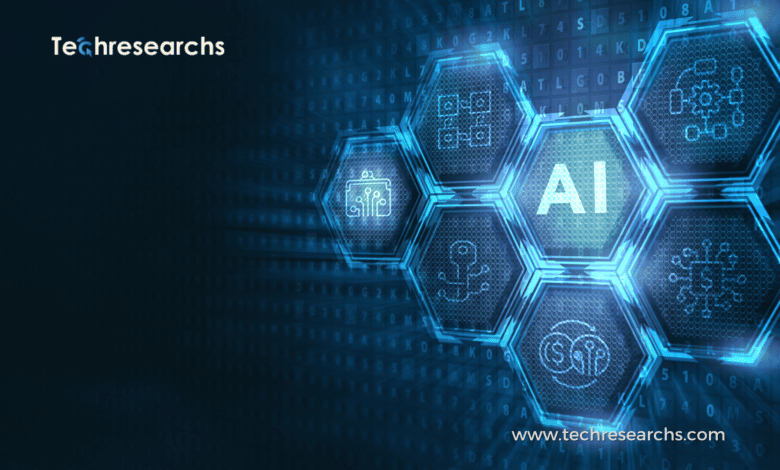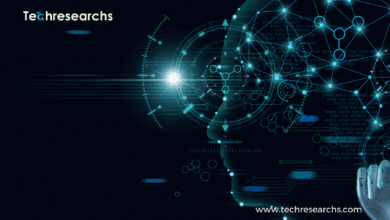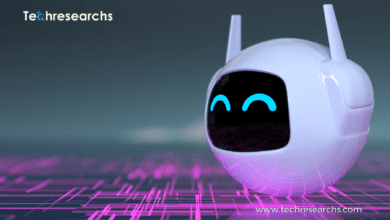Machine Learning And Deep Learning: Unraveling the Key Differences


In the world of artificial intelligence (AI), Machine Learning And Deep Learning are two powerful methodologies that have transformed industries and revolutionized the way we approach complex problems.
While often used interchangeably, these two terms refer to distinct approaches in AI.
In this blog post, we will delve into the key differences between machine learning and deep learning, shedding light on their unique characteristics and applications.
Understanding Machine Learning:
Machine learning is a subset of AI that involves training algorithms to learn patterns from data and make predictions or decisions based on that knowledge.
It encompasses a wide range of techniques, including supervised, unsupervised, and reinforcement learning, and is widely used in various applications, from image recognition to natural language processing.
Introducing Deep Learning:
Deep learning, on the other hand, is a subfield of machine learning that focuses on artificial neural networks, which are inspired by the structure and function of the human brain.
Deep learning algorithms consist of multiple layers of interconnected nodes, allowing them to automatically extract hierarchical features from data.
This hierarchical representation enables deep learning models to tackle complex tasks with exceptional accuracy.
Architecture Complexity:
One of the primary differences between machine learning and deep learning lies in their architectural complexity.
Traditional machine learning models typically involve a limited number of layers and require domain expertise to engineer relevant features.
In contrast, deep learning models, with their deep neural network architectures, are capable of learning intricate representations from raw data, making them highly suitable for complex tasks like image and speech recognition.
Feature Engineering:
Feature engineering is a crucial aspect of traditional machine learning. Engineers and data scientists invest substantial effort in selecting and engineering relevant features from the raw data to feed into the model.
Conversely, deep learning algorithms automatically learn feature representations, reducing the need for manual feature engineering and enabling end-to-end learning.
Data Requirements:
Both machine learning and deep learning rely on large datasets for training, but deep learning models often demand more data due to their increased complexity.
Deep learning algorithms thrive in data-rich environments, where they can leverage massive datasets to discover intricate patterns and correlations.
Performance and Scalability:
Deep learning’s architecture complexity allows it to achieve state-of-the-art performance in many tasks, surpassing traditional machine learning models.
However, this performance improvement comes at the cost of increased computational resources and training time. Machine learning models may be more suitable for tasks with limited data or when computational efficiency is a priority.
Interpretability:
Another critical difference lies in the interpretability of the models. Traditional machine learning models are often more interpretable, allowing humans to understand the reasoning behind their predictions.
In contrast, deep learning models are sometimes referred to as “black boxes” due to the challenge of explaining their decisions, especially in highly complex tasks.
Learn more about Natural Language Processing: Enabling Machine Understanding of Human Language
Conclusion:
In conclusion, both machine learning and deep learning are powerful tools in the AI toolbox, each with its unique strengths and applications.
Machine learning offers flexibility and interpretability, making it suitable for tasks with limited data and the need for human-understandable insights.
On the other hand, deep learning excels in handling complex and large-scale data, achieving state-of-the-art performance in tasks like image and speech recognition.
Choosing the right approach depends on the specific task, data availability, and computational resources.
Often, a hybrid approach that combines the strengths of both machine learning and deep learning can yield the best results.
As the fields of AI and data science continue to evolve, understanding the nuances between these methodologies will be crucial in leveraging their full potential to tackle real-world challenges and drive innovation.







